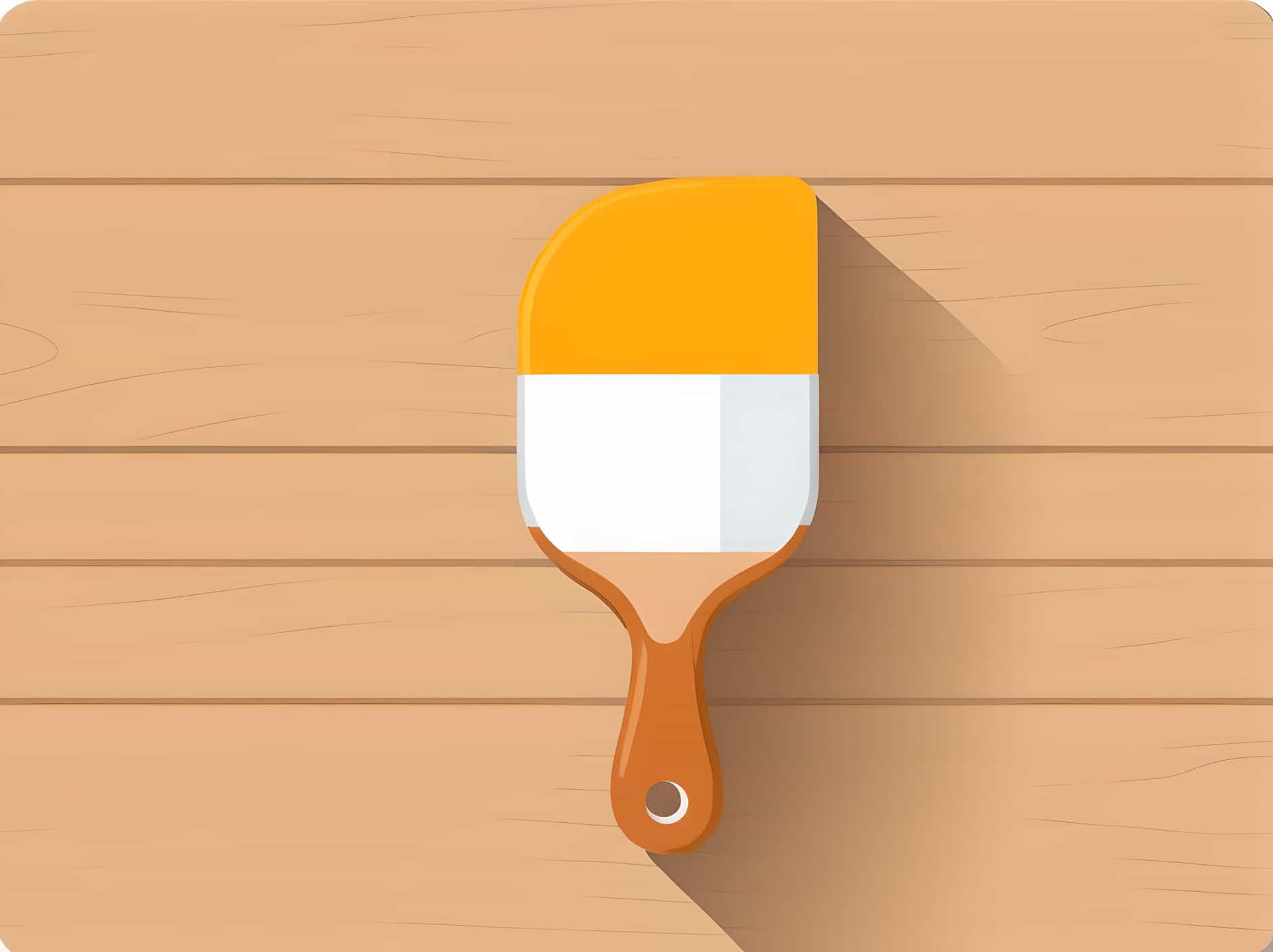
Stenciling on wood is a popular and creative way to personalize furniture, decor items, and crafts. Choosing the best paint for stenciling on wood can make a significant difference in the outcome of your project, ensuring durability, vibrant colors, and ease of application. This article explores various types of paints suitable for stenciling on wood, considerations for choosing the right paint, and tips for achieving the best results.
Types of Paints for Stenciling on Wood
When selecting paint for stenciling on wood, consider the following options:
1. Acrylic Paints
Acrylic paints are versatile and widely used for stenciling on wood due to their excellent coverage and vibrant colors. They dry quickly, allowing for multiple layers and intricate designs. Acrylic paints also come in a variety of finishes, from matte to glossy, offering flexibility depending on your project needs.
2. Chalk Paints
Chalk paints have gained popularity for their matte finish and smooth application on wood surfaces. They are known for their excellent adhesion and minimal prep work required. Chalk paints are ideal for achieving a vintage or distressed look, making them a favorite for furniture stenciling projects.
3. Latex Paints
Latex or acrylic-latex paints are durable and offer good coverage on wood. They come in various sheens, including satin, semi-gloss, and gloss, allowing you to choose the level of shine for your project. Latex paints are easy to clean up with water, making them convenient for stenciling jobs that require quick cleanup.
4. Spray Paints
Spray paints provide a smooth, even finish and are excellent for large stenciling projects or creating intricate patterns. They dry quickly and can be applied in thin layers to avoid paint bleeding under the stencil. It’s essential to use spray paints in a well-ventilated area and follow manufacturer instructions for optimal results.
5. Oil-Based Paints
Oil-based paints offer durability and a glossy finish, making them suitable for outdoor wood stenciling projects or areas prone to moisture exposure. They require longer drying times and solvents for cleanup but provide a robust, long-lasting finish.
Considerations for Choosing the Best Paint
When selecting paint for stenciling on wood, consider the following factors:
-
Surface Preparation: Ensure the wood surface is clean, smooth, and free of any dust or debris before applying paint. Sanding and priming may be necessary for smoother results, especially with rough or unfinished wood.
-
Stencil Material: Choose stencils made of durable materials such as mylar or thick plastic to achieve crisp, clean edges. Flexible stencils conform better to curved or irregular wood surfaces.
-
Color and Finish: Consider the color palette and finish that best complements your project. Matte finishes are ideal for a rustic or vintage look, while glossy finishes add a modern touch and are easier to clean.
-
Application Method: Depending on the paint type chosen, determine the best application methodbrush, roller, sponge, or spray. Ensure the stencil is held securely in place to prevent paint bleeding and maintain sharp edges.
Tips for Stenciling on Wood
Follow these tips to achieve professional-looking results when stenciling on wood:
-
Secure the Stencil: Use painter’s tape or stencil adhesive spray to secure the stencil firmly onto the wood surface, ensuring it doesn’t shift during painting.
-
Light Layers: Apply paint in light, even layers using a stencil brush or sponge. Avoid overloading the brush to prevent paint from seeping under the stencil edges.
-
Peel Carefully: Remove the stencil carefully while the paint is still wet to avoid smudging. Clean the stencil promptly to prevent dried paint buildup.
-
Touch-ups: Use a small, fine brush to touch up any imperfections or bleed-throughs once the paint has dried completely.
-
Sealing: Consider applying a clear coat sealer or varnish over the painted stencil to protect it from wear and tear, especially for items exposed to moisture or frequent handling.
Choosing the best paint for stenciling on wood involves considering factors such as paint type, surface preparation, stencil quality, and application method. Whether you opt for acrylic, chalk, latex, spray, or oil-based paints, each offers unique benefits depending on your project requirements and desired finish. By following proper techniques and using high-quality materials, you can achieve professional-quality stenciled designs on wood that enhance your home decor, furniture, or crafts with lasting durability and visual appeal.